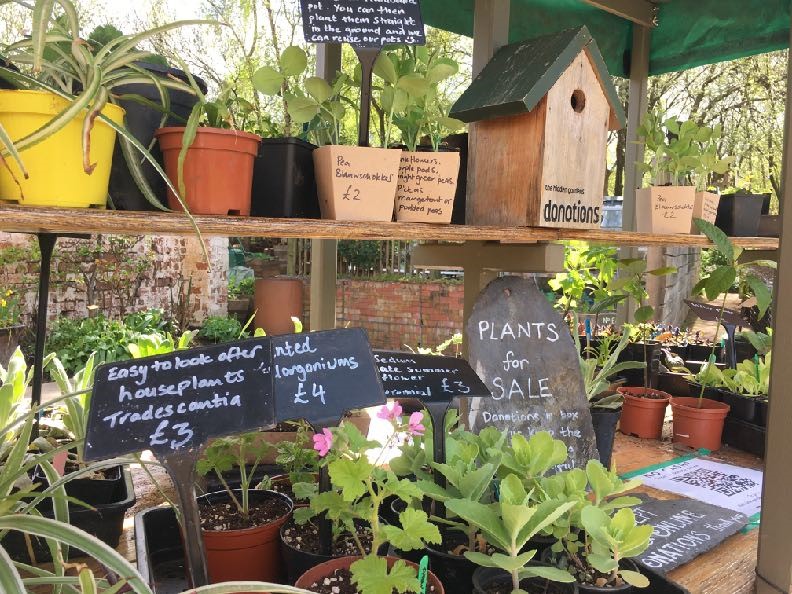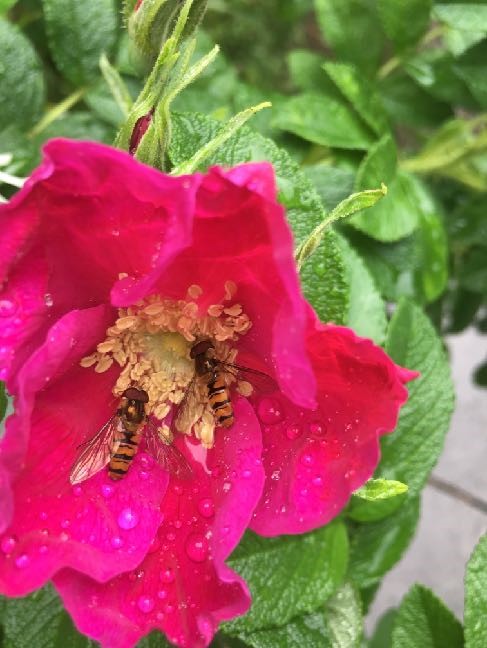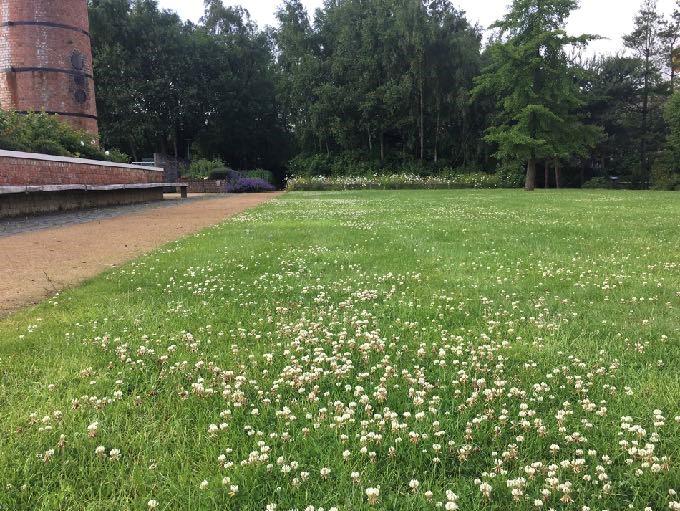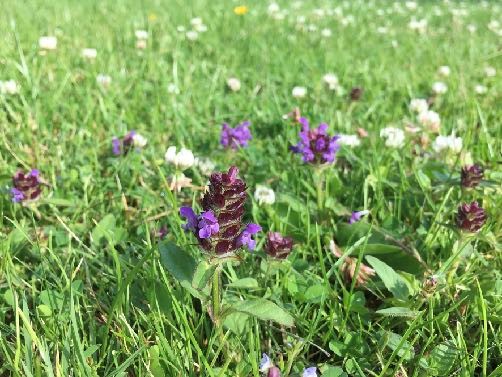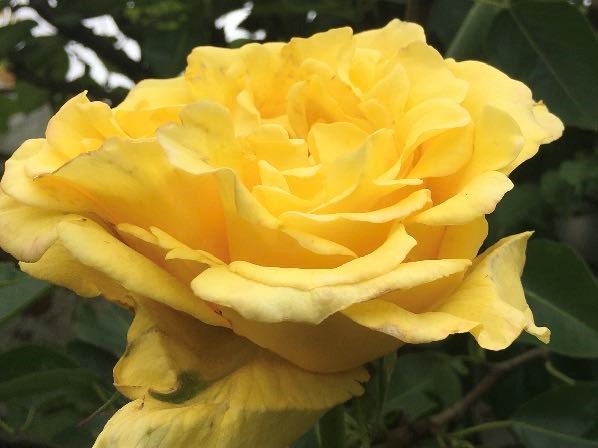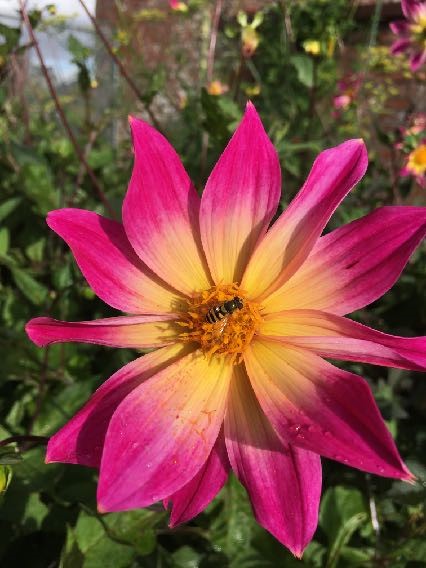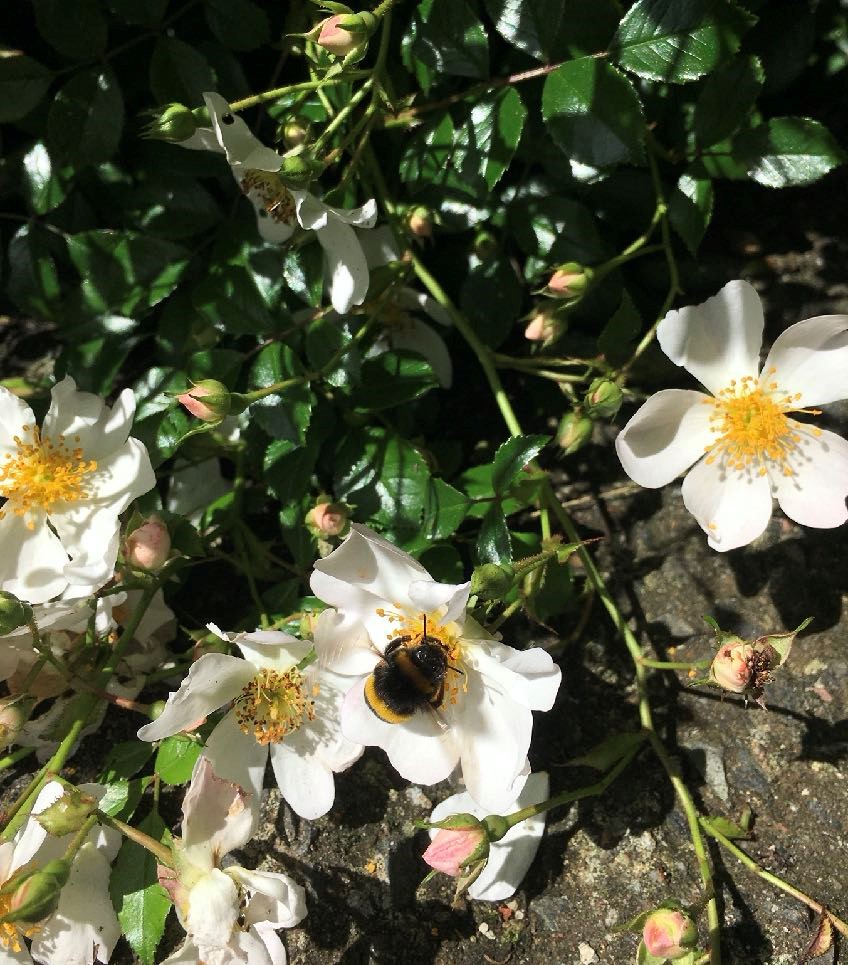May has not started with the warmth of early summer, we are clinging to the remnants of wintery chill especially at nighttime with temperatures plummeting to zero or below. Challenging times in the gardening calendar as we juggle trays of seedlings still needing the protection of the greenhouse or kitchen windowsill, but desperate to stretch their roots and put on growth outside. We do expect Spring to throw us some variable weather, but we are increasingly experiencing more extreme weather events as part of the changing climate. Gardeners have to learn to anticipate and adapt to these challenges, but we can also do so much to help reduce our impact on the environment.
Gardens are increasingly important for wildlife and more and more of us are embracing the wilder aspects of gardening, ensuring they providing food, water and shelter within a range of habitats, throughout the year. There are approximately 1 million acres of garden in the UK, with up to half of that grown as lawn. This is potentially a very valuable wildlife haven and Plantlife wants to find out just how important they are. By taking part in ‘No Mow May’, then ‘Every Flower Counts’ survey of your patch at the end of the month we can all help to build a picture of our lawns as wildlife sanctuaries.
Taking part in No Mow May has many benefits; leaving our petrol mower in the shed cuts down on fossil fuels and air pollution, allowing plants to flower provides food for pollinating insects and we can expect to see daisies, dandelions, self-heal, buttercup, clovers, speedwell, longer grass provides places for sheltering insects which in turn provide essential food for the busy parents feeding young birds in the nest. Blackbirds particularly love to forage for food across our lawn.
This year, with the coldest of Springs and a record dry April, it will be interesting to take part and see just how much our lawn has grown in height and diversity.
The plants we choose to have in our gardens have a huge impact on the insects that will come and visit or live on them, and this, in turn, will affect the birds, bats, mammals that choose to make our gardens their home.
We are all busy making sure our gardens are blooming with bright cheery summer flowers, but it will benefit your garden wildlife as well as the planet if you spend some time planning before plundering the garden centres. Not all flowers are equal. As a general rule, simple flowers provide pollen on the stamen and sugary nectar for visiting insects. The fancy doubles have been bred to turn stamen into extra petals, which in turn make the nectaries inaccessible, so no pollinator food. These cultivars are also rarely pollinated so the flowers tend to remain open for longer, another plus for the gardener. However, although they may appear attractive to us, they offer little for wildlife. Of course they are fun to grow, but it pays to consider making sure you include some flowers for the bees too. For example we have dahlia ‘bright eyes’, loved by bees throughout the summer, but the snazzy cacti varieties offer little to pollinators. Just spend some time watching which flowers are buzzing with insects and you’ll know soon what to choose.
By visiting out plant sale kiosk you will be able to pick up some interesting summer annuals, perennial border plants or interesting herbs and edibles to grow at home. These have all been grown here so have had to put up with our erratic weather conditions and will be fully hardy. We don’t use peat in any of our compost mixes and we are introducing take away cardboard containers for you to decant your purchases into. This way we get to keep our plastic pots to reuse time and time again, and you don’t end up with stacks of used pots taking up space in the back of your shed, and less plastic is good news for the climate.
